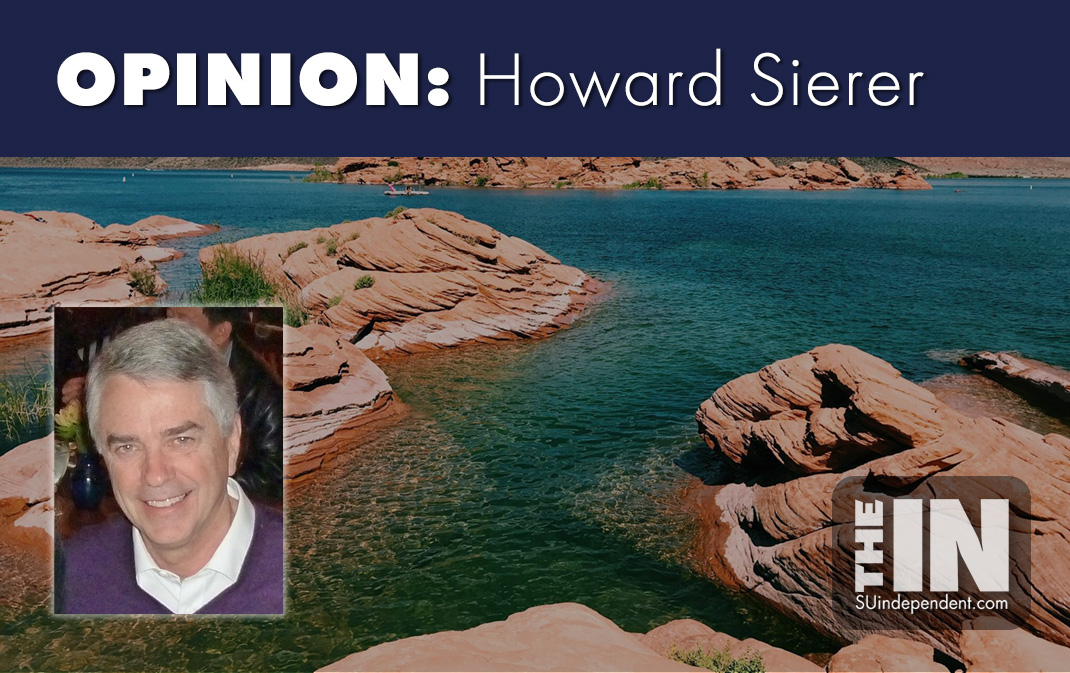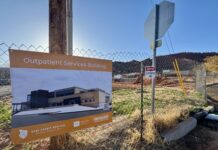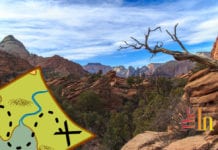
Utah Will Never Run Out Of Water
– By Howard Sierer –
How can this column’s title be correct? Most of us are all too aware that the Great Salt Lake is shrinking and that Colorado River flows have been declining for decades, effectively killing the Lake Powell pipeline. If Utah continues to grow at recent rates, where will we find the water needed to support continued growth?
The answer has been demonstrated by our neighboring state to the south. An article titled “Phoenix Is in No Danger of Running Out of Water” explains why even the hottest big city in the country, located in the midst of the Sonoran Desert, is in no danger of running out of water.
The state of Arizona uses about the same amount of water today as it did in the 1950s, this despite the fact that the state’s population is now seven times as large and its economy is 15 times as large. How did the state do it? As the Phoenix metropolitan area grew, it spread outward into the surrounding basin that contained much of the state’s farmland. In Arizona’s arid climate, farm acreage uses up to six times as much water as the housing subdivisions that replace it. Large swaths of these formerly agricultural lands were subdivided into residential areas, and water use per acre decreased.
The Central Arizona Project brings Colorado River water into the Phoenix and Tucson basins, recharging underground aquifers and, as a priority, providing drinking water to metropolitan areas. That priority, plus ongoing conservation measures, gives Phoenix water managers confidence that the metro area has sufficient residential water for the next 100 years.
Not so for farmers who still use 70% of the state’s water. The federal Bureau of Reclamation cut Arizona’s Colorado River water allocation by 20% in 2021, and farmers and ranchers were the first to feel the cuts. The hardest-hit farmers are in Pinal County, halfway between Phoenix and Tucson, where agriculture is slowly being replaced by solar panels and housing developments, a trend that reduces water demands.
Arizona’s topography differs from Utah’s in that the bulk of both its population and its agriculture are located in a single basin area. Nonetheless, Arizona’s experience provides an important example for Utah.
First and foremost, like Arizona, we live in an arid area requiring massive amounts of our limited water supplies to support farming. Our agriculture, like theirs, is a legacy from pioneer days when food had to be grown locally.
Our state’s farmers and ranchers generate less than 1% of our state product, employ 2% of our workforce, yet use 82% of our water. While some of that water is used to produce locally-grown food and dairy products, a stunning 68% of our state’s water is used to irrigate alfalfa, a water-intensive crop that represents a minuscule 0.2% of our economy! And a significant fraction of that hay is exported to China, of all places.
We don’t have a statewide shortage of water; instead, we have to make decisions about how to use the water we have. In an interview with KSL, University of Utah Professor Daniel McCool said saving “just 10% of [agriculture’s water use] would solve a lot of our problems. Agriculture has so much water — and farmers get it so cheaply — that there’s no incentive to conserve.”
Most Utah agricultural water comes from mountain snow and is “free” to the many farmers with water rights granted in the 19th century. McCool explains that traditional Western “use it or lose it” water laws discourage conservation.
Many Americans tend toward nostalgic feelings about the “family farm.” As a result, we often oppose societal and economic trends that appear to threaten the family farmer. These feelings persist despite the fact that while 41% of the nation’s workforce was employed in agriculture in 1900, only 1.9% is today. Our sentiments lead to political support for farmers but result in poor public policy choices.
It’s time for Utah to create a free market in water, one that allows farmers and ranchers to sell portions of their water rights to county and municipal water supply agencies without losing the balance of those rights. When they see that their water really is a marketable asset, water rights holders could make rational and cost-effective choices about which crops to raise, how much to plow (pun intended) into more efficient irrigation methods, or whether to abandon farming completely.
If we fail to incentivize farmers to make more of their water available, we have only two options. First, we could implement serious conservation measures that start with raising water rates for high-volume users to incentivize them to conserve. This option would allow construction to continue at today’s pace but only for a while and eventually would be constrained by the 18% of our water currently available to non-agricultural users. Alternatively, we could restrict the number of water taps allowed for new construction, which would put the brakes on population growth and dramatically downsize our construction industry.
As with too many public policy problems – even when they have obvious solutions – the government doesn’t act until a large segment of the public is impacted and ready for a change. Half measures like xeriscaping our yards will help, but only at the margins. Revising our water rights laws and applying steeply increasing rates for high-volume residential water users are doable. Then, we, like Phoenix, could have confidence in adequate water supplies for the next 100 years.




So you are willing to sacrifice agriculture to promote growth? That may work right now and for a while, but what happens when we start needing more food to meet the needs from our growth here and the rest of our country?
I know society only lives in the moment, but we need to plan for the future. Why is Phoenix, Tuson, and St. George attracting so much growth, even though people know there are water issues? Recreation, warm weather year round? We live in a desert, with a 100 year drought, and people still want to move here, why, and for how long?
Are we going to continue to grow, and for how long? It seems we should know that before we start doing things that we won’t be able to reverse, if we need to. But as usual it’s all about the benjamins. When are we going to start thinking of the future, and what we will be leaving for future generations?
I’ve tried to share the truth with people, but they don’t want to hear it, or don’t care. So all I can do is continue to ask questions, and share the facts I uncover. I don’t think Howard is sharing the whole story in this article, just be aware there is more to our water problems than he is addressing.
Water shortage is government made. Don’t believe everything government tells you.